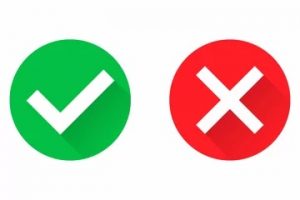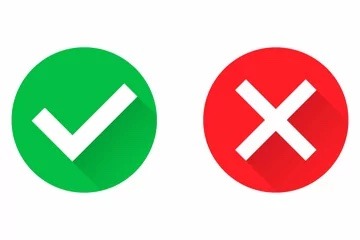Student Contributor: B.Manipakone
 The tool is a sign that has two sides. On one side of the sign, it is green and the other side is red. It is helpful for students to decide when it is best for them to take a break if they need one.
The tool is a sign that has two sides. On one side of the sign, it is green and the other side is red. It is helpful for students to decide when it is best for them to take a break if they need one.
The tool I decided to choose is called a mood sign where one side is green to represent happy and red to represent unhappy. The tool should be used as a break for students who just need a little time to get back on track. This allows students to take responsibility for their behavior by silently showing us they need a break. They do this by flipping the sign to the red side. We gave students a max of 3 breaks they can take if they start to use it the wrong way. This tool is supposed to keep students moving forward and give them more energy for the activity. We need to keep in mind that the attention span of students are very short so giving them this break will make them want to learn more and reduces inappropriate behavior.
I was debating on what phase to place it in, but I thought it was best in the preventative phase. This management tool prevents students from lashing out and having inappropriate behavior in class and being unsafe. Giving students the responsibility of choosing when they need a break will allow them to get their jitters out so they can refocus their attention to the activity. This also relates to the supportive phase as well because it supports students in being able to learn. It also meets students' emotional needs so that they participate fully after they take their break. It also relates to the supportive phase by having us teachers support students' effort to achieve expected behaviors. I believe there are multiple theories that influence this mood sign but there is definitely one that fits it best. Student directed and collaborative focuses on students being primarily responsible for their own behavior which fits with students being responsible by deciding when they need a break to prevent them from acting inappropriately. But it is also limited and teachers may override their ideas or give them a better option. For example, we gave students the option to just take a walk outside of the classroom to just be in a different environment instead of just playing with play-doh. This has helped immensely in our classroom because we did not have to stop instruction to individually call on students. This has helped our students and us figure out what is best for our students.
More Information –
Tool Source: I got this idea from my mentor teacher.


